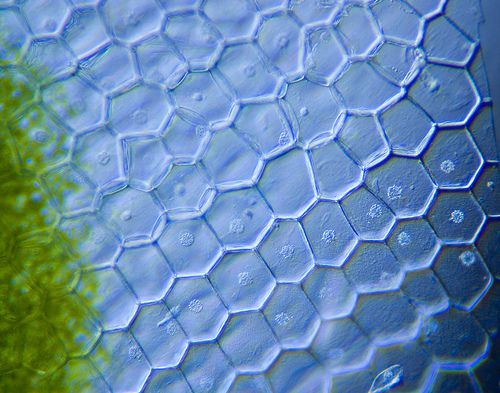-
 Root tube
Root tube
-
 Wavelength
Wavelength
-
 Mercalli scale
Mercalli scale
-
 Circuit breaker
Circuit breaker
-
 Gene therapy
Gene therapy
-
 Plate tectonics
Plate tectonics
-
 Chloroplast
Chloroplast
-
 Booster
Booster
-
 Serial access
Serial access
-
 Mars Sample Return
Mars Sample Return
-
 Mitochondrial DNA
Mitochondrial DNA
-
 Hairless
Hairless
-
 Processor cooling
Processor cooling
-
 Tautomerism
Tautomerism
-
 Red panda
Red panda
-
 Kleptoplasty
Kleptoplasty
-
 Glass mat
Glass mat
-
 Andesite
Andesite
-
 Crystal texture
Crystal texture
-
 Hygrometry
Hygrometry
-
 Dendrite
Dendrite
-
 Heisenberg uncertainty principle
Heisenberg uncertainty principle
-
 Saturn
Saturn
-
 Hydroelectric pumping station
Hydroelectric pumping station
-
 Bronchiole
Bronchiole
-
 Oat
Oat
-
 Photovoltaic solar energy
Photovoltaic solar energy
-
 FTAM
FTAM
-
 Traceability
Traceability
-
 Young modulus
Young modulus
Oblique illumination microscope
The oblique illumination microscope is a light microscope used to examine the relief of objects.
Oblique illumination microscope technique
The oblique illumination microscope acts like a conventional light background light microscope with the sample being illuminated from beneath and examined from transmission of light to the lens. The light source projects the beams of light obliquely onto the sample. Lens systems within the microscope lens then focus the light beams.
If the light arrives directly on the sample, the rays diffracted from the two sides of the main ray reach the lens. If the light is oblique, only the rays diffracted from one side are ultimately seen. This method increases the contrast and produces a false relief of the sample.
Use of the oblique illumination microscope
This type of microscopy is suitable for a large range of samples. It can be used to examine living cells or any transparent or semi-transparent object.
Like any light microscope, resolution is limited by the diffraction of light. Whilst the oblique illumination microscope can increase the visibility of some structures, it can also generate artefacts.
 Visualisation of plant cells by oblique illumination microscopy. © Nebarnix, Flickr, CC by-nc-nd 2.0
Visualisation of plant cells by oblique illumination microscopy. © Nebarnix, Flickr, CC by-nc-nd 2.0
Latest
Fill out my online form.



